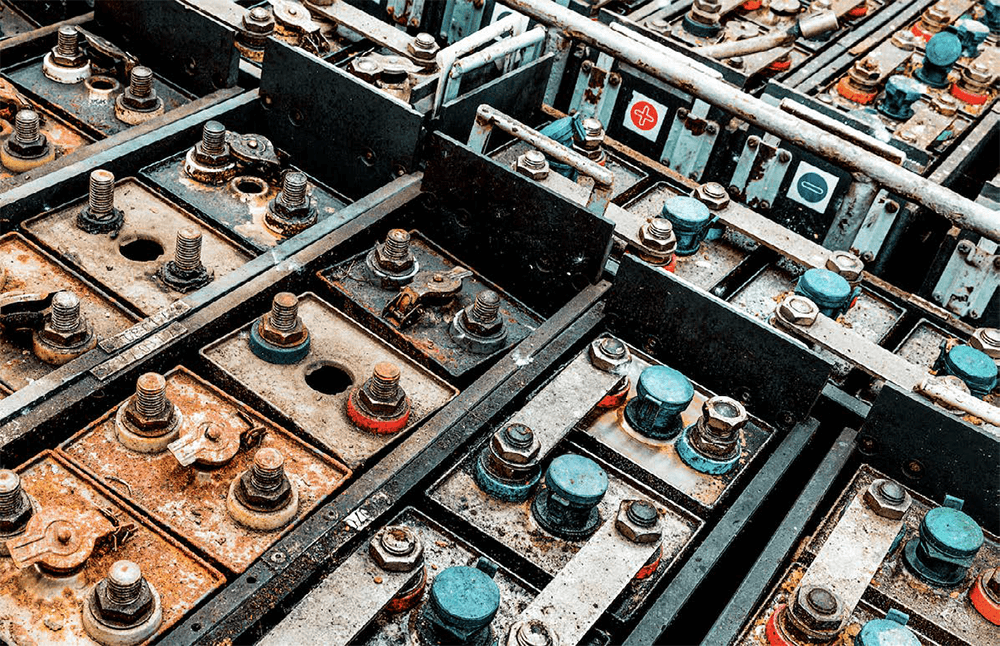
Battery technology is a critical pillar in humanity’s sustainable green energy future. This fact was highlighted by the International Energy Agency (IEA) in their September 2020 report titled “Innovation in Batteries and Electricity Storage: A Global Analysis Based on Patent Data.1” In the forward, Dr. Faith Birol, IEA Executive Director, stated, “The IEA’s projections for the future of global energy underscore the critical and growing importance of developing better and cheaper electricity storage.” She went on to warn, “[h]owever, energy storage – which is a critical technology – is currently not on track to achieve the levels … both in terms of its deployment and its performance.” One possible solution to the energy storage problem of current Li-ion battery technology is to explore the use of novel materials for battery production. This application note will review how one research team uses Raman spectroscopy to aid in developing alternative high storage capacity technology, known as intermediate temperature sodium-sulfur (IT-NaS) batteries.
In their recent publication titled “Operational strategies to improve the performance and long-term cyclability of intermediate temperature sodium-sulfur (IT-NaS) battery2,” Kandhasamy et al. explained that even though the world’s largest battery storage unit utilizes NaS batteries technology, it hasn’t been widely adopted because of the need for extremely high-temperature operation (~350°C). They went on to explain that room temperature variants have been demonstrated in the lab. Still, these devices suffer from cathode erosion and crystal formation on the anode, leading to loss of performance and decreased lifespan. This led the team to investigate potential IT-NaS battery designs which could be safely operated at 150 °C. While promising in many respects, their initial results showed discharge capacity far below the theoretical limit for both small and large cell configurations.





